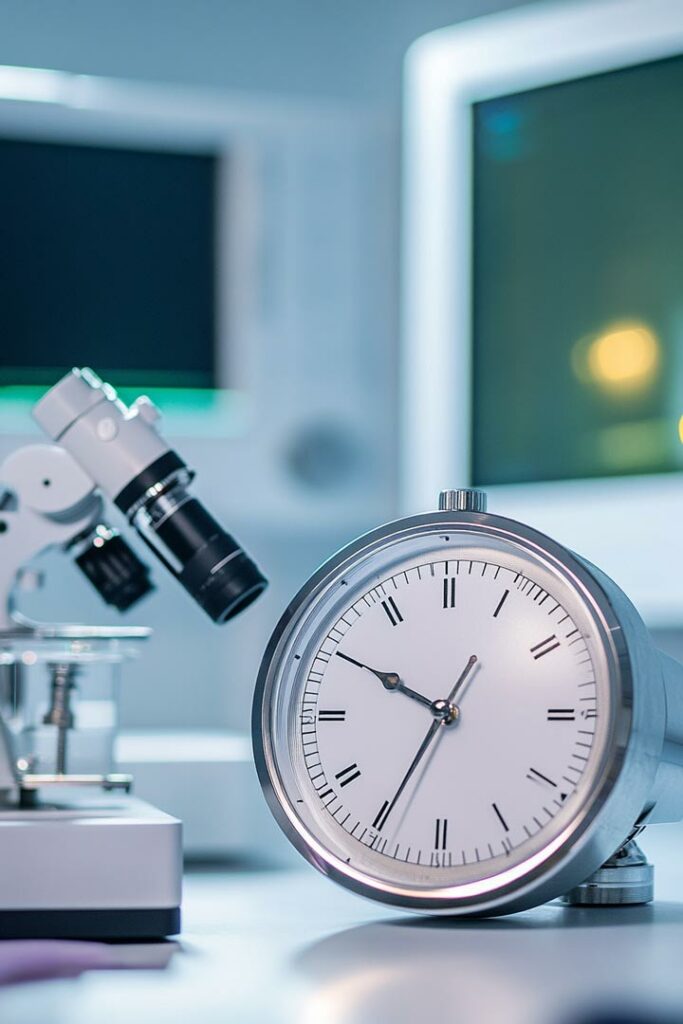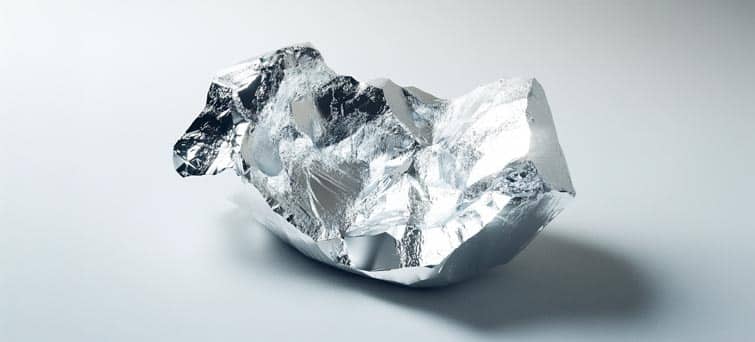Introduction
Ytterbium: A Versatile Element Powering Precision and Stability
Ytterbium is a rare earth element known for its stability and adaptability, finding significant applications in high-tech industries and scientific research. This soft, silvery metal is valuable in producing alloys, improving material durability, and creating precision instruments. Ytterbium’s unique properties, such as its high density and thermal stability, make it an essential component in laser technology, atomic clocks, and stress-resistant stainless steel. As demands for precision technology and resilient materials grow, Ytterbium continues to play an important role in advancing healthcare, telecommunications, and metallurgy.
History/Discovery
The Discovery of Ytterbium: An Element Rooted in Swedish Science
Ytterbium was discovered in 1878 by Swiss chemist Jean Charles Galissard de Marignac, who isolated it from the mineral erbia. Named after the Swedish village of Ytterby, which has lent its name to multiple rare earth elements, Ytterbium remained primarily a research interest until the 20th century. With the rise of high-precision technologies, Ytterbium’s applications in atomic clocks and laser devices became widely recognized. Today, its role in enhancing technological performance and supporting scientific innovation showcases its transformation from a scientific curiosity to an industrial and research staple.
Characteristics
Ytterbium’s Distinctive Traits: Stability, Density, and High Conductivity
Ytterbium is a soft, ductile metal with a silver luster that is relatively stable in air, making it suitable for applications in various environmental conditions. It exhibits high electrical conductivity and is resistant to certain types of stress, which enhances its performance in alloys. One of Ytterbium’s standout characteristics is its role in atomic clocks, where it provides exceptional precision in timekeeping. Additionally, Ytterbium-doped materials are highly effective in laser technology, where their stable output and energy efficiency contribute to medical and industrial laser applications. These properties make Ytterbium a versatile and valuable element across diverse fields.

Popular Applications
Supporting Precision, Stability, and High-Tech Innovation with Ytterbium
Ytterbium’s applications span atomic clocks, where it helps maintain highly accurate time standards, to medical imaging, where it improves laser precision. In metallurgy, Ytterbium is added to stainless steel alloys to enhance strength and resistance to stress, supporting structures that require durability under high loads. Additionally, Ytterbium-doped fiber lasers are valued for their energy efficiency and precision, making them useful in telecommunications and surgery. These applications highlight Ytterbium’s adaptability and importance in technologies requiring stability, precision, and resilience.
List of Popular Applications
- Atomic Clocks: Ytterbium’s atomic transitions are used in ultra-precise timekeeping, supporting standards for global navigation and telecommunications.
- Laser Technology: Ytterbium-doped fiber lasers are highly efficient and precise, used in surgical procedures and industrial cutting tools.
- Stainless Steel Alloys: Ytterbium improves alloy strength and resistance to deformation, making it useful in high-stress applications.
- Medical Imaging: Ytterbium compounds are sometimes used in diagnostic imaging due to their compatibility with X-rays and radiation.
Where You Find Ytterbium in the World
Global Ytterbium Production and Environmental Considerations
Ytterbium is mainly extracted from rare earth minerals like monazite and xenotime, found in deposits alongside other rare earth elements. China is the leading producer of Ytterbium, with significant reserves also located in the United States, Australia, and Brazil. While Ytterbium is not as rare as some of its counterparts, its extraction requires careful handling due to the presence of radioactive byproducts. As demand for Ytterbium grows in precision technology, efforts to ensure environmentally conscious sourcing and recycling have become increasingly important.
The Future of Ytterbium
Expanding Applications in High-Tech, Medicine, and Environmental Sensing
Ytterbium’s role in technology is expected to grow as demand for precision timekeeping, energy-efficient lasers, and resilient materials increases. Its applications in atomic clocks may expand to support advancements in global navigation systems, while Ytterbium-doped lasers will likely remain valuable in medical and industrial contexts. Additionally, researchers are exploring Ytterbium’s potential in environmental sensing, where it could support monitoring and data collection for environmental conservation. Sustainable sourcing and recycling efforts are essential to secure Ytterbium’s supply, allowing it to continue powering technological and scientific progress.

